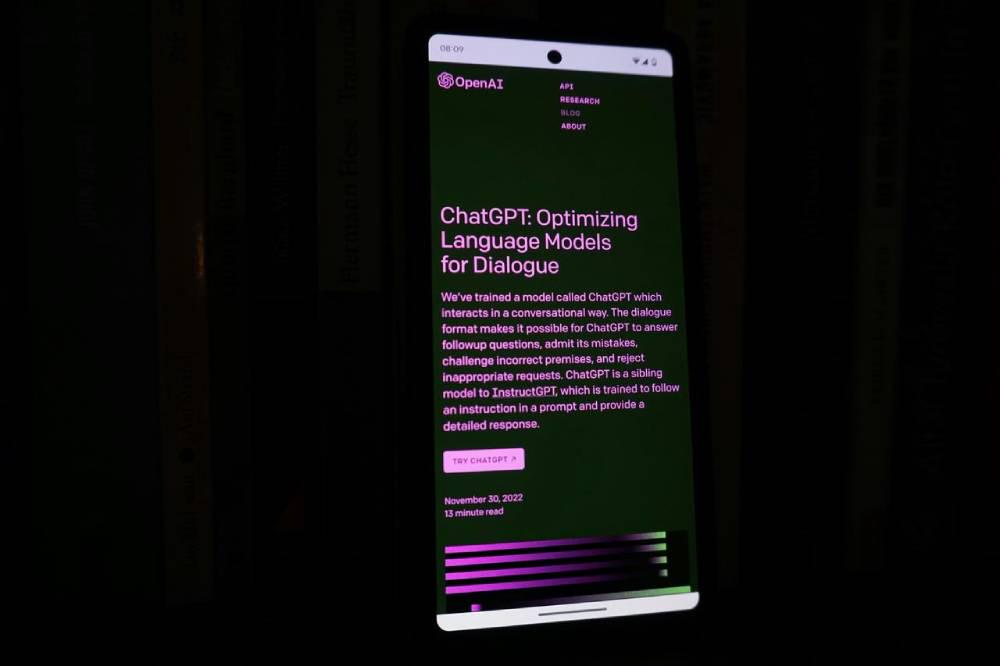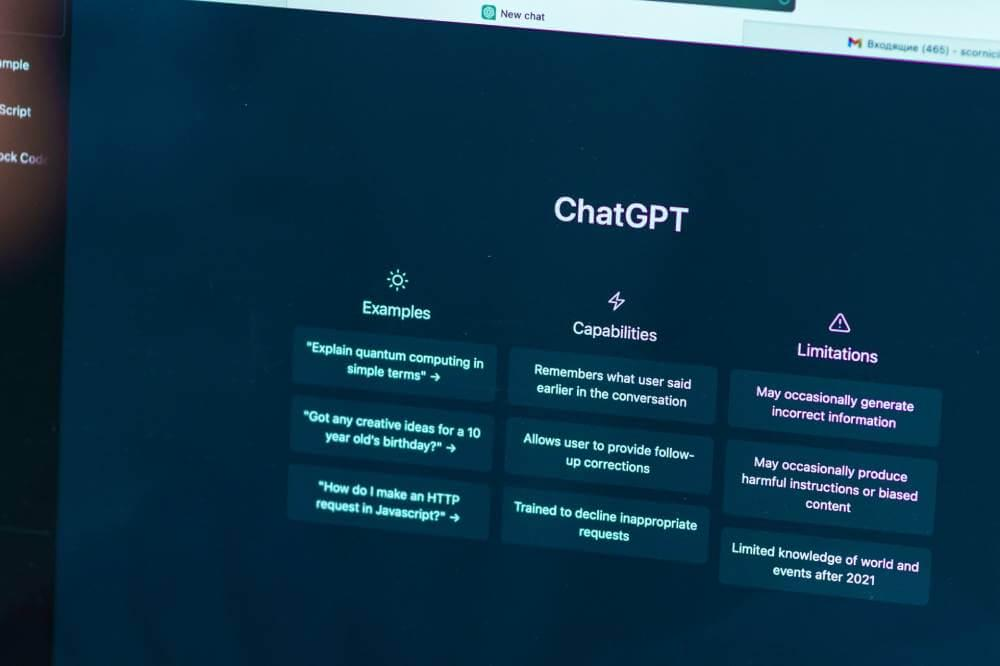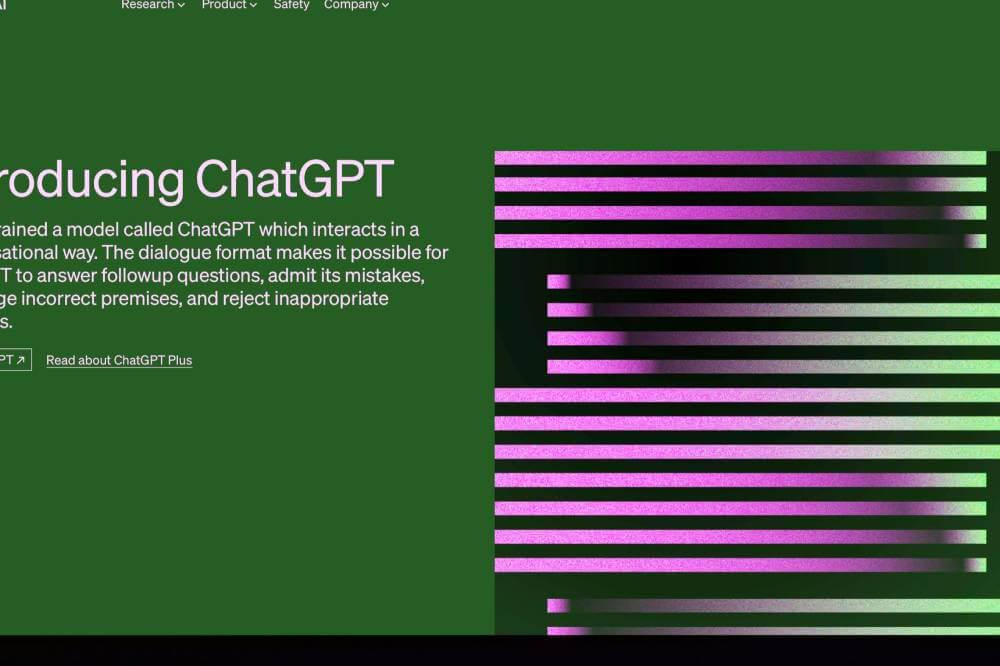OpenAI sparked a major AI revolution with the release of ChatGPT in late 2022. This chatbot, driven by OpenAI’s sophisticated large language models (LLMs), quickly became a focal point for major tech companies like Twitter, Google, Amazon, Microsoft, and Meta, prompting them to develop their own generative AI technologies. By leveraging chat GPT in various applications, such as data processing for no-code platforms and generating strategic insights for gaming and marketing, these companies have enhanced workflows and provided assistance in complex tasks.
While OpenAI offers a premium ChatGPT Plus subscription for $20 per month, the accessible version of ChatGPT still provides robust features. Users can access the GPT Store to utilize custom GPT bots, generate images, benefit from ongoing conversation continuity with Memory, upload and discuss photos and documents, and even have the bot browse the web for up-to-date context. Additionally, free users can tap into the capabilities of GPT-4o mini and GPT-4o, OpenAI’s latest and most advanced language models.
How to Use ChatGPT?

ChatGPT offers a wide range of features that you can explore for free. To maximize its capabilities, it’s essential to understand and use the best prompt, which involves providing examples and guidance on effective prompts. Here’s how you can get started and make the most of its capabilities.
1. Visit ChatGPT.com
Navigate to ChatGPT.com. You no longer need to create an account to access the basic version of ChatGPT. However, you must create a free account to use advanced features like GPT-4o, view past conversations, generate images, and upload files. Logging in is also required for ChatGPT Plus.
To create an account, click the “Sign up” button at the bottom left of the chat screen. Follow the prompts to enter your details. Note that OpenAI requires a valid phone number for verification.
2. Familiarize Yourself with the ChatGPT Interface and Custom Instructions
Close Sidebar and New Chat Buttons: On the left side of the screen, you’ll find buttons to close the sidebar and start a new chat. Starting a new chat begins a fresh conversation without context from previous chats, although some details might be retained if you’re logged in.
Chat History: The left sidebar contains your past conversations. You can edit titles, share, delete chats, or clear your chat history. This section also shows the GPTs you’ve used previously.
Account Information: Click on your name at the bottom left to access account settings, log out, get help, and customize ChatGPT. If you don’t have ChatGPT Plus, you might see an “Upgrade plan” button here to subscribe.
ChatGPT Dropdown Menu: At the top of the screen, you can select the model to use above your conversation. Options include ChatGPT Plus (with subscription), standard ChatGPT (using GPT-4o or GPT-4o mini), and Temporary Chat (which does not save history and has Memory turned off).
Your Prompts: The questions or prompts you send appear in the middle of the chat window, accompanied by your account photo or initials. Providing clear instructions in your prompts helps the AI understand your expectations better, leading to more accurate and relevant responses.
ChatGPT’s Responses: Responses from ChatGPT appear below your prompts, with the ChatGPT logo on the left. You’ll find buttons below each response to Read Aloud, Copy, Regenerate, or give feedback with Thumbs Down. Feedback helps OpenAI improve AI through reinforcement learning.
Text Area: This is where you type your prompts and questions.
ChatGPT Disclaimer: A disclaimer below the text input area reads, “ChatGPT can make mistakes. Check important info.” This note reminds users that while ChatGPT strives to provide accurate responses, it can sometimes produce errors or nonsensical answers. Always verify important information from reliable sources. The section that previously displayed the model version in use has been removed.
3. Start Writing Your System Prompts and Questions
Now that you’re set up with ChatGPT, you can dive into its diverse capabilities. One effective strategy is to use well-crafted chat GPT prompts to optimize your interactions with the model. Whether you need help with personal tasks or professional projects, ChatGPT can be a valuable resource. Here’s how to get started:
Type Your Prompts: Enter your question or prompt in the text bar at the bottom of the page. This could be anything from asking for information on a specific topic to requesting help with a task, such as writing, coding, or translating.
Submit Your Query: Click the submit button to send your prompt. ChatGPT will then generate a response based on the data on which it has been trained.
Understanding ChatGPT’s Responses: Unlike search engines that provide a list of web pages, ChatGPT generates text based on the patterns and information it learned from its training data. The free version of ChatGPT uses GPT-4o mini and GPT-4o, which offer advanced capabilities for generating human-like text. For the most up-to-date information, GPT-4, available through the ChatGPT Plus subscription, can access the internet and provide more current responses.
Feel free to experiment with different types of questions and tasks to explore the full range of ChatGPT’s functionalities.
What’s the Difference Between GPT-4o and GPT-4o Mini?
GPT-4o and GPT-4o Mini represent two versions of OpenAI’s advanced language models, each with distinct capabilities and cost structures:
GPT-4o
Overview: GPT-4o is the largest and most advanced model in OpenAI’s ‘omni’ series. It integrates multimodal capabilities, meaning it can process and generate text, visual, and audio data without needing additional AI models.
Capabilities: As the flagship model, GPT-4o offers superior performance in understanding and generating content across various modalities. It can handle complex tasks and nuanced queries with high accuracy and versatility.
Context Window: GPT-4o features an extended context window, which allows it to consider a vast amount of information from previous interactions or within a single query. This enhances its ability to maintain coherence and context over long conversations or detailed prompts.
GPT-4o Mini
Overview: GPT-4o Mini is a more accessible and cost-effective version of GPT-4o. It is designed to provide high performance while being more affordable.
Capabilities: While it’s less advanced than GPT-4o, GPT-4o Mini still outperforms GPT-3.5 and GPT-3.5 Turbo. It offers strong language generation and comprehension but with reduced scope compared to its larger counterpart.
Cost Efficiency: GPT-4o Mini is 60% cheaper than GPT-3.5 Turbo, making it a more budget-friendly option for developers using the API. This pricing strategy supports wider accessibility and integration.
Context Window: GPT-4o Mini features a context window of 128K tokens and can output up to 16K tokens per request. This extensive context window allows it to handle detailed and lengthy interactions, improving its performance in applications requiring significant contextual understanding.

In summary, while GPT-4o offers the most advanced capabilities and multimodal processing, GPT-4o Mini provides a more cost-effective alternative with substantial performance benefits over earlier models. It features a generous context window that supports detailed and complex interactions.
What’s the Difference Between Free and Paid ChatGPT for Follow-Up Questions?
Free ChatGPT and ChatGPT Plus offer different levels of access and features:
Model access
Free ChatGPT: Users can access GPT-4o mini, a scaled-down version of GPT-4o. This model is available when GPT-4o usage limits are reached.
ChatGPT Plus: Subscribers can access GPT-4, the full version of GPT-4o, which offers enhanced capabilities and performance. They also get to use GPT-4o when the GPT-4 limit is exceeded.
Usage Limits
Free ChatGPT: Users have a lower usage quota compared to paid subscribers, which can limit the number of interactions or the amount of data processed.
ChatGPT Plus: Subscribers benefit from up to five times the usage limit of free users, allowing for more extensive and frequent interactions.
Image Generation
Free ChatGPT: Users have limited access to image generation features and may be restricted in the number of images they can create with DALL-E 3.
ChatGPT Plus: Subscribers can generate more images with DALL-E 3 and typically have fewer restrictions on usage.
Custom GPT Bots
Free ChatGPT: The ability to create and use custom GPT bots is unavailable.
ChatGPT Plus: Subscribers can create and utilize custom GPT bots, enhancing their ability to tailor the AI’s functionality to specific needs. They can define specific guidelines for the AI’s responses using custom instructions, ensuring the AI generates relevant and focused answers.
New Features
Free ChatGPT: Users receive updates and features as they become generally available but may experience delays.
ChatGPT Plus: Subscribers get priority access to new features and updates, such as the Advanced Voice Mode, which is being rolled out gradually.
Priority Access
Free ChatGPT: Users may experience slower response times or limited access during high-demand periods.
ChatGPT Plus: Subscribers benefit from priority access, ensuring faster response times and reduced likelihood of being affected by system capacity issues.
In summary, while free ChatGPT provides substantial functionality, including access to GPT-4o mini and basic image generation, the paid ChatGPT Plus subscription offers enhanced access to GPT-4, higher usage limits, more extensive image generation capabilities, custom GPT bot creation, and priority access to new features.
Is ChatGPT Accurate According to User Feedback?

ChatGPT, like other AI assistants, can produce impressive results but is not infallible. Here are some key points to consider regarding its accuracy:
Training Data
ChatGPT is trained on vast amounts of text data from diverse sources, including books, websites, and other content. While this helps the AI generate coherent and contextually relevant responses, it also means that the information it provides is only as accurate as the data it was trained on.
Potential for Misinformation
Because ChatGPT relies on patterns and information within its training data, it can inadvertently generate inaccurate or outdated information. This is particularly evident with current events or precise details that might not be included in its training set.
Bias and Errors
AI models can reflect biases present in their training data. If the data contains biased or flawed information, these biases can be mirrored in the AI’s responses. Additionally, ChatGPT may sometimes produce plausible-sounding but incorrect answers due to errors in understanding context or generating text.
Fact-Checking
It’s crucial to fact-check information provided by ChatGPT, especially when dealing with critical or sensitive topics. Cross-referencing answers with reliable sources can help verify accuracy and avoid potential misinformation.
Challenge Incorrect Premises
Challenging these premises and seeking clarification can be beneficial if you notice inconsistencies or inaccuracies in the responses. Encouraging the AI to ask targeted clarifying questions can help it request more context instead of making assumptions.
In summary, while ChatGPT can be a powerful tool for generating text and providing information, it is essential to approach its responses with a critical mindset and to verify information from additional reliable sources to ensure accuracy.






